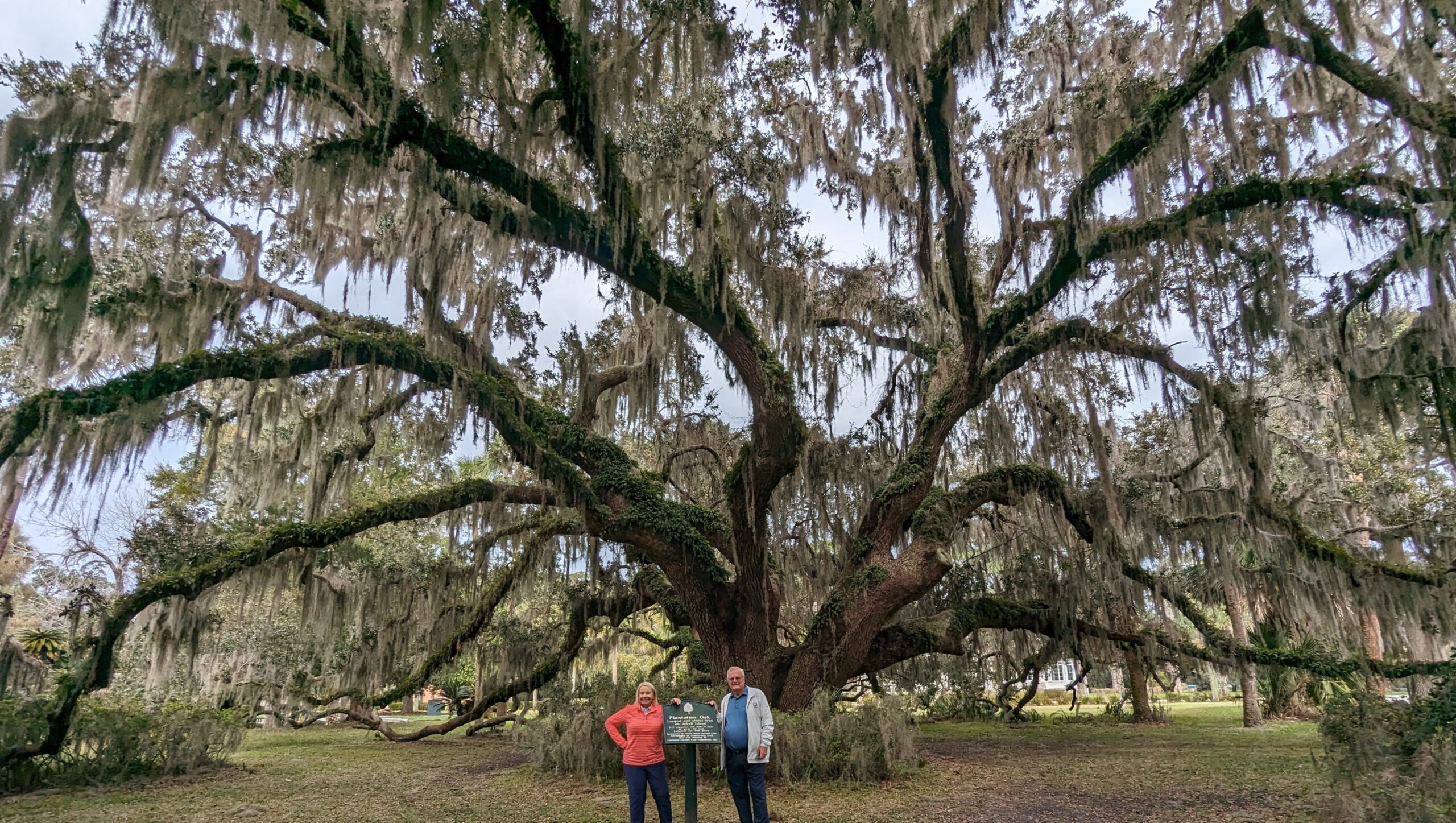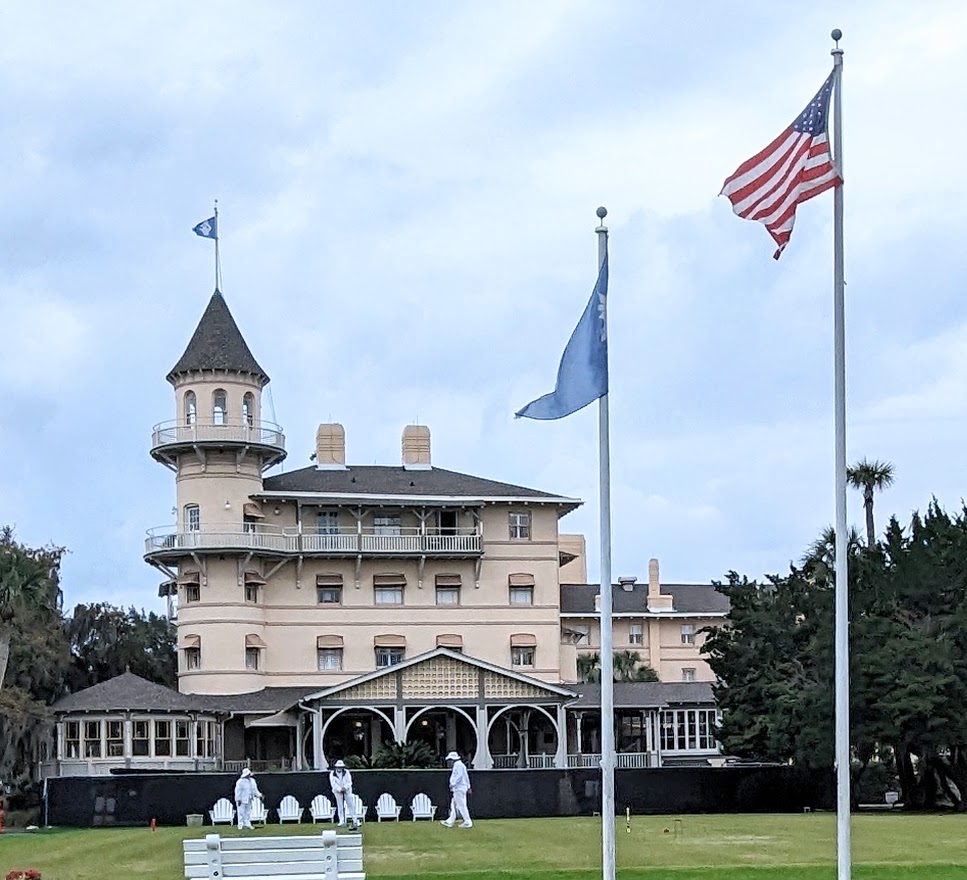
BY LEN ZIEHM
JEKYLL ISLAND, Georgia – State parks are a big thing in Georgia, with one in particular standing out — an old place with a sparkling new look.
Needless to say Jekyll Island isn’t your ordinary state park. There are 600 residents on the island, located on the outskirts of Brunswick off the Intracoastal Waterway near the bigger cities of Savannah, Ga., and Jacksonville, FL.
Jekyll offers a lot of things – a 22-mile bike and hiking trail, the Georgia Sea Turtle Center, the Summer Waves Water Park, The Wharf (a most memorable fun waterfront restaurant), the most enchanting Driftwood Beach, tennis, croquet and fishing centers, horse stables, a campground, a wide variety of lodging and gift shops and 63 holes of golf.
What Jekyll is really all about, though, is history. There really isn’t another place like it.
Those 63 holes of golf are enticing, but they aren’t part of this report. This is to report on a $25 million renovation that touched most areas of the property.
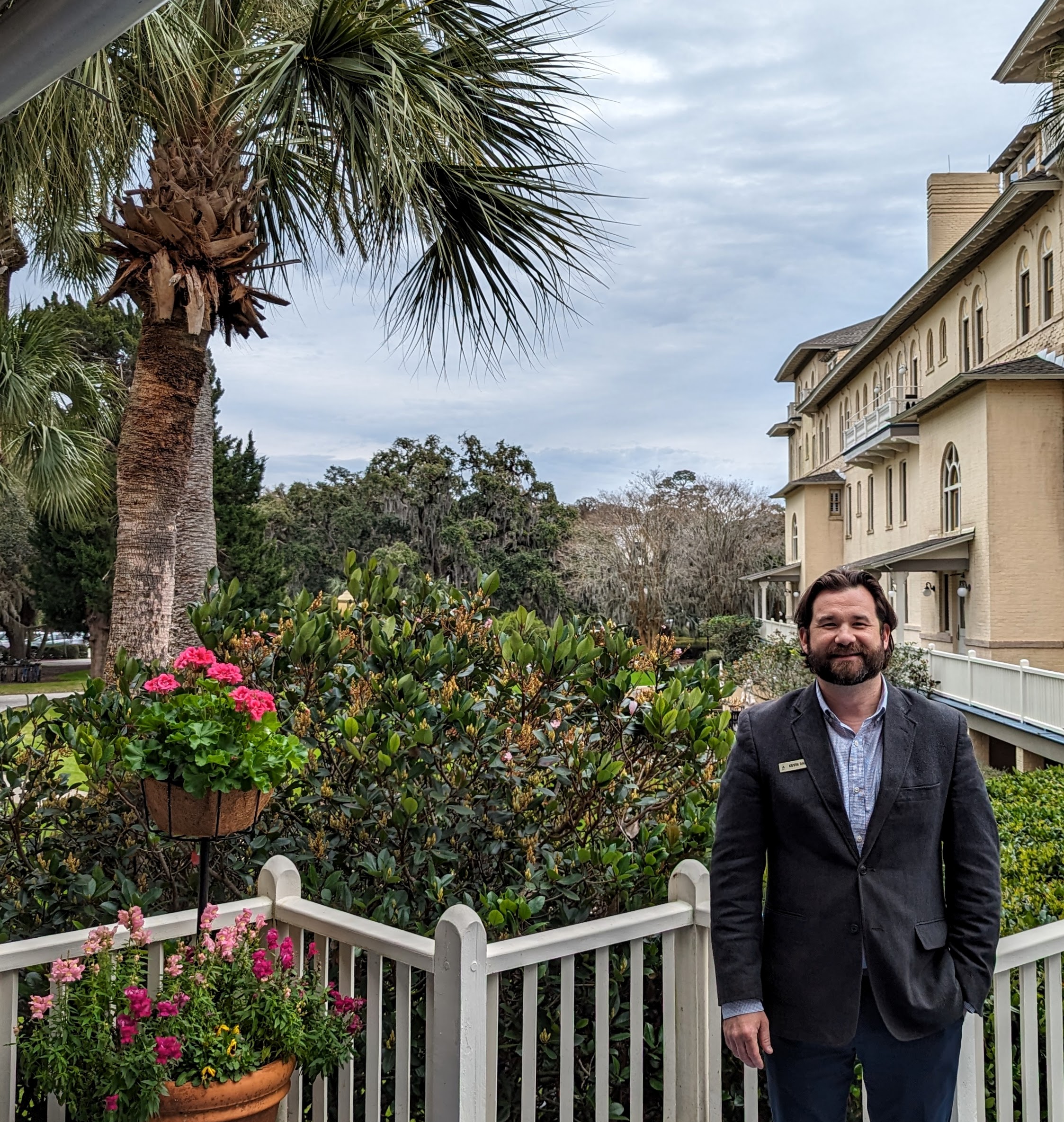
“ There was a Master Plan put into effect 10-12 years ago,’’ said Kevin Baker, director of sales and marketing for the Jekyll Island Club Resort. “That included a Convention Center and Beach Village, but it feels different here now because the majority of the big construction is done. A lot of things were completed last year and the Master Plan is pretty much complete now. Just little bits and pieces are still being upgraded.’’
A look back at what Jekyll Island was shows how far it has come. Fifty of the weathiest families in America combined efforts to create what was considered “the richest, most exclusive and most inaccessible club in the world.’’
It opened in 1888 and because a playground for the rich and famous. Its early members were J.P. Morgan, William Rockefeller, Vincent Astor, Joseph Pulitzer, William Vanderbilt and Marshall Field. The club became known as a “Southern Haven for America’s Millionaires.’’
With no roads available, those fortunate few arrived by boat and moved around the island in carriages. Electricity was available on the island before it came to most of the rest of the country. Life was good.
The club had a big clubhouse facing a swimming pool that was 10 feet deep throughout. The Grand Dining Room and Alexander’s lobby bar (named after clubhouse designer Charles A. Alexander) were the most popular hotspots.
Residents could design and build their own homes or cottages, and they all had different tastes. The variety of architectural looks added to the beauty of the place.
In addition to the Jekyll Island Club Resort hotel there were 12 cottages back in those days, and three were addressed in the recent renovation. The biggest was the Crane Cottage, built in 1917 by a member who made his fortune in the plumbing industry. It had 20 guest rooms and 17 baths. In the renovation it was reduced to 13 guest rooms but remains an almost weekly site for weddings.
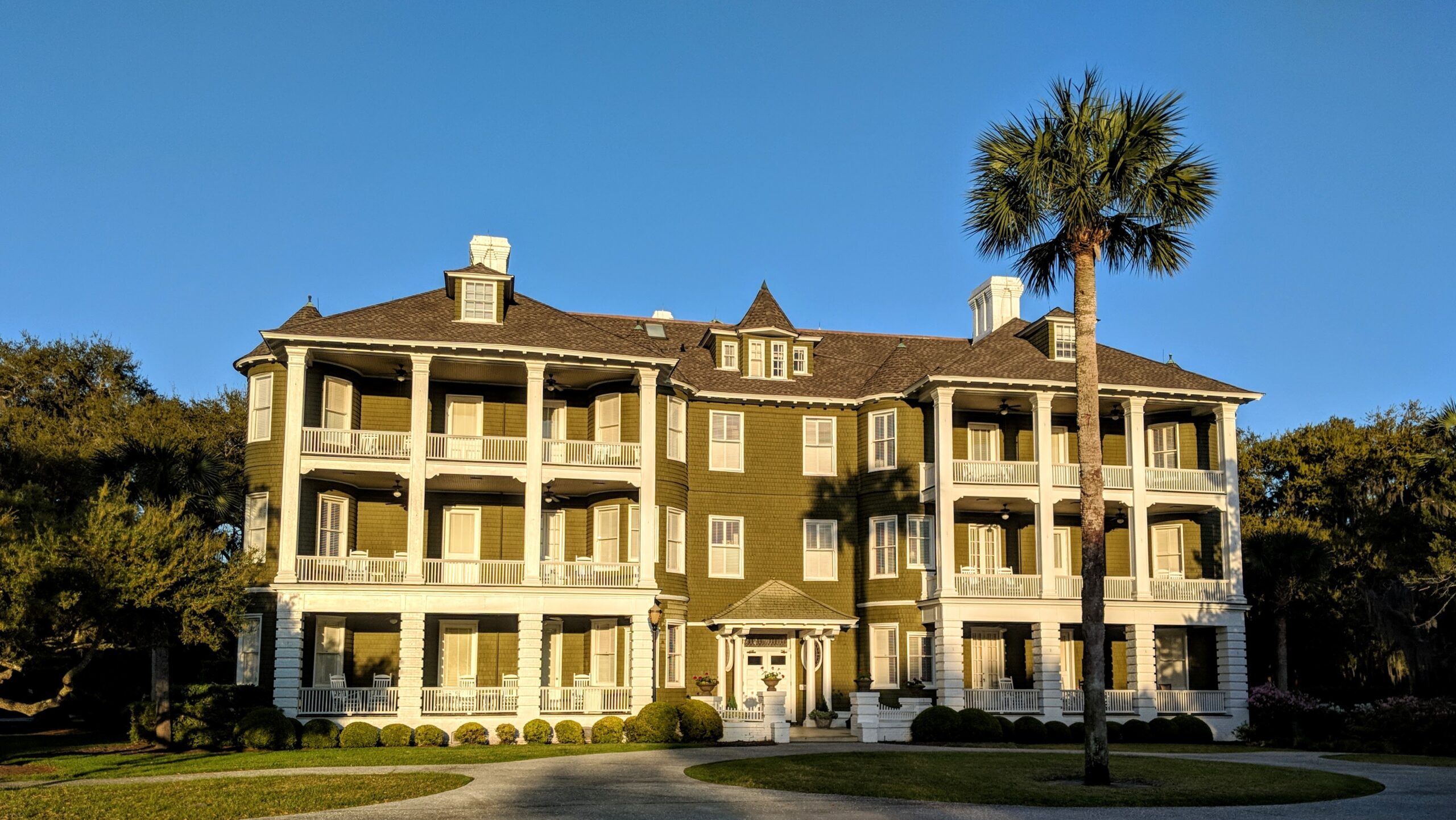
The San Souci Cottage, built in 1896, was the country’s first condominium. J.P. Morgan devised the shared ownership concept, but that’s just one of a series of milestones at the island. The Federal Reserve System got its start at a secret meeting there in November of 1907, when the club was largely empty, and the first transcontinental phone call was also made from Jekyll in 1915.
Everything was wonderful – until it wasn’t.
The Great Depression started the club’s downfall and World War II speeded up the process. Members were afraid that German submarines would invade the local waters and they sold their places in droves, bringing an end to what Jekyll calls its “ Club Era.’’
From 1942 to 1948 the place deteriorated slowly and the furniture used by the rich and famous was left in the homes and cottages. It was all taken to a central location in the 1950s as the former owners didn’t want to take it with them.
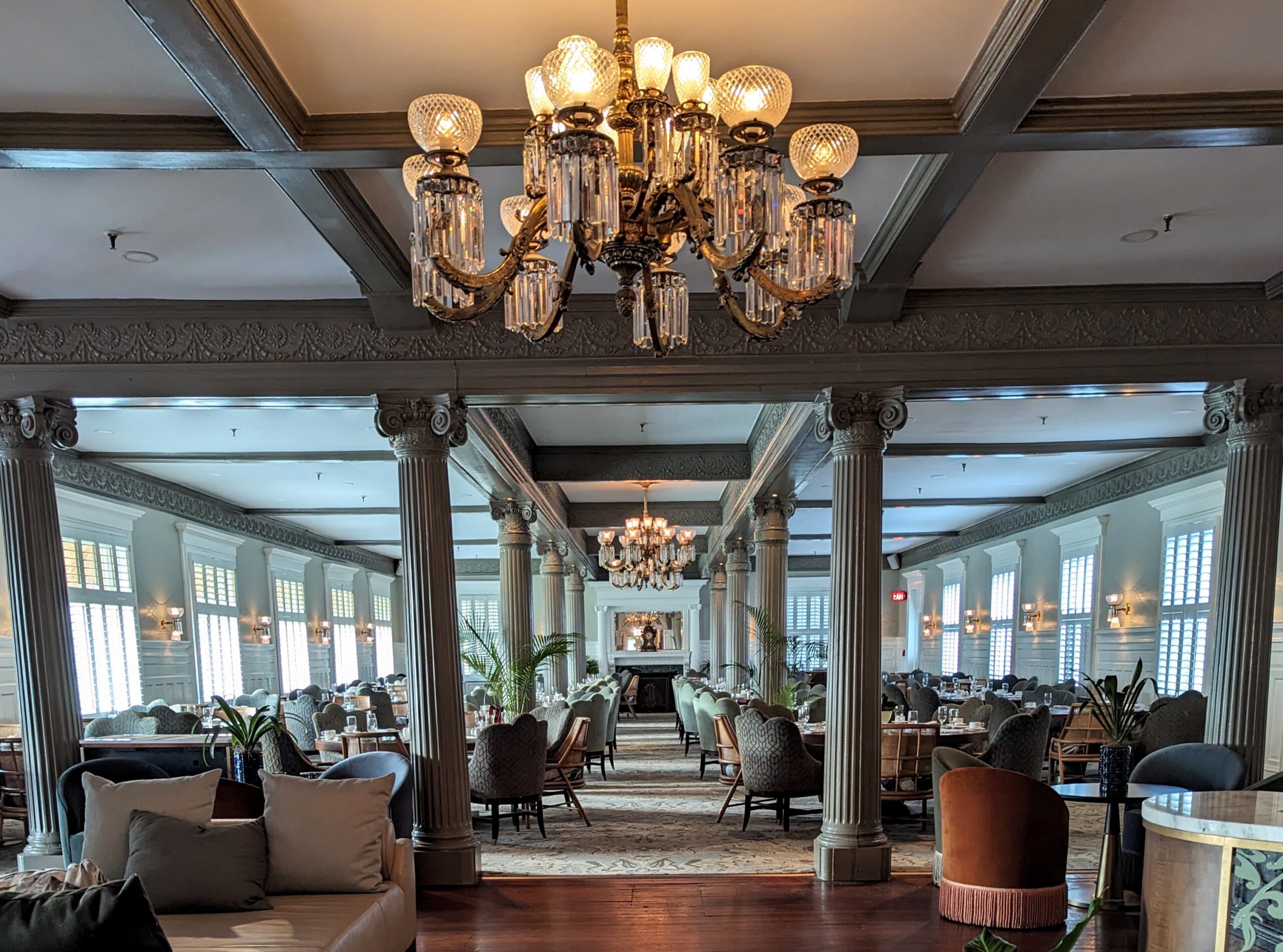
In 1948 Jekyll went public and was declared a State Park. The old buildings were used by visitors, and some of the old furniture was brought back, but the flavor of the good old days was missing until recently when 200 guest room at the Jekyll Island Club were upgraded.
“Every single guest room was completely renovated,’’ said Baker. “More color was brought into the rooms. In the past everything was painted white. The exterior of the buildings hasn’t changed, but now the colors in the rooms really pop. We maintained the historic rooms. It was a modern take on history. It’s been more like a coastal eclectic look while honoring the past.’’
The rooms have all been tastefully done following a series of ownership changes. All have fireplaces, and the Grand Dining Room was completely renovated and is serving breakfasts and Sunday buffets. Dinner dining will resume in the spring.
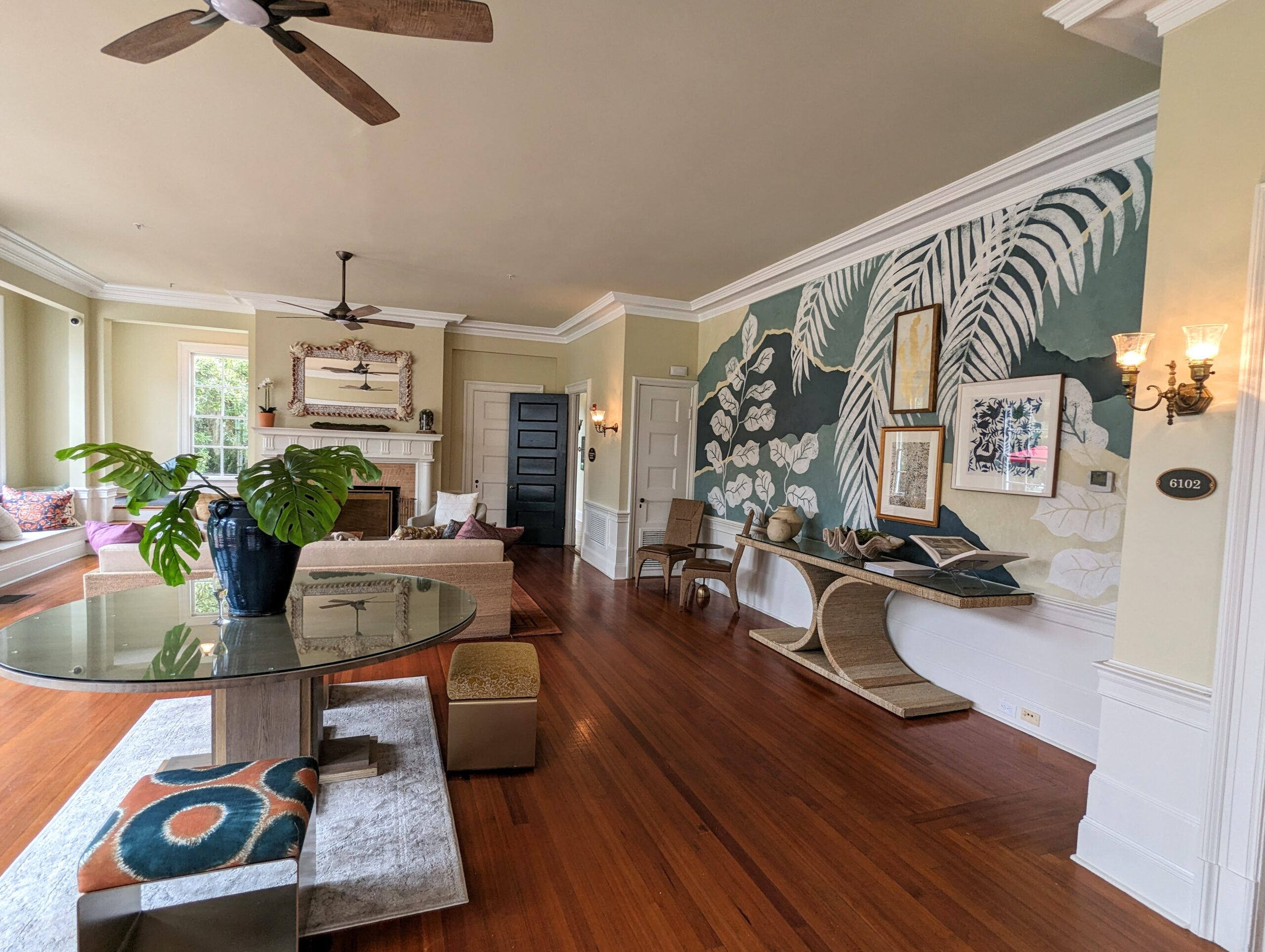
“By no means is it modern, but it’s very historic. That’s why people come here,’’ said Baker. “Luxury and style were elevated to a level that it should be. The guest rooms are now at the level of comfort and style of the luxury hotels, but what makes us special is our history.’’
That is in the spotlight at the Mosaic Museum, which is also the base for daily guided tours. The tours are great, but visitors can check out all parts of the island on bicycles. They’re readily available and can go places where automobiles can’t. Boat trips are also available.
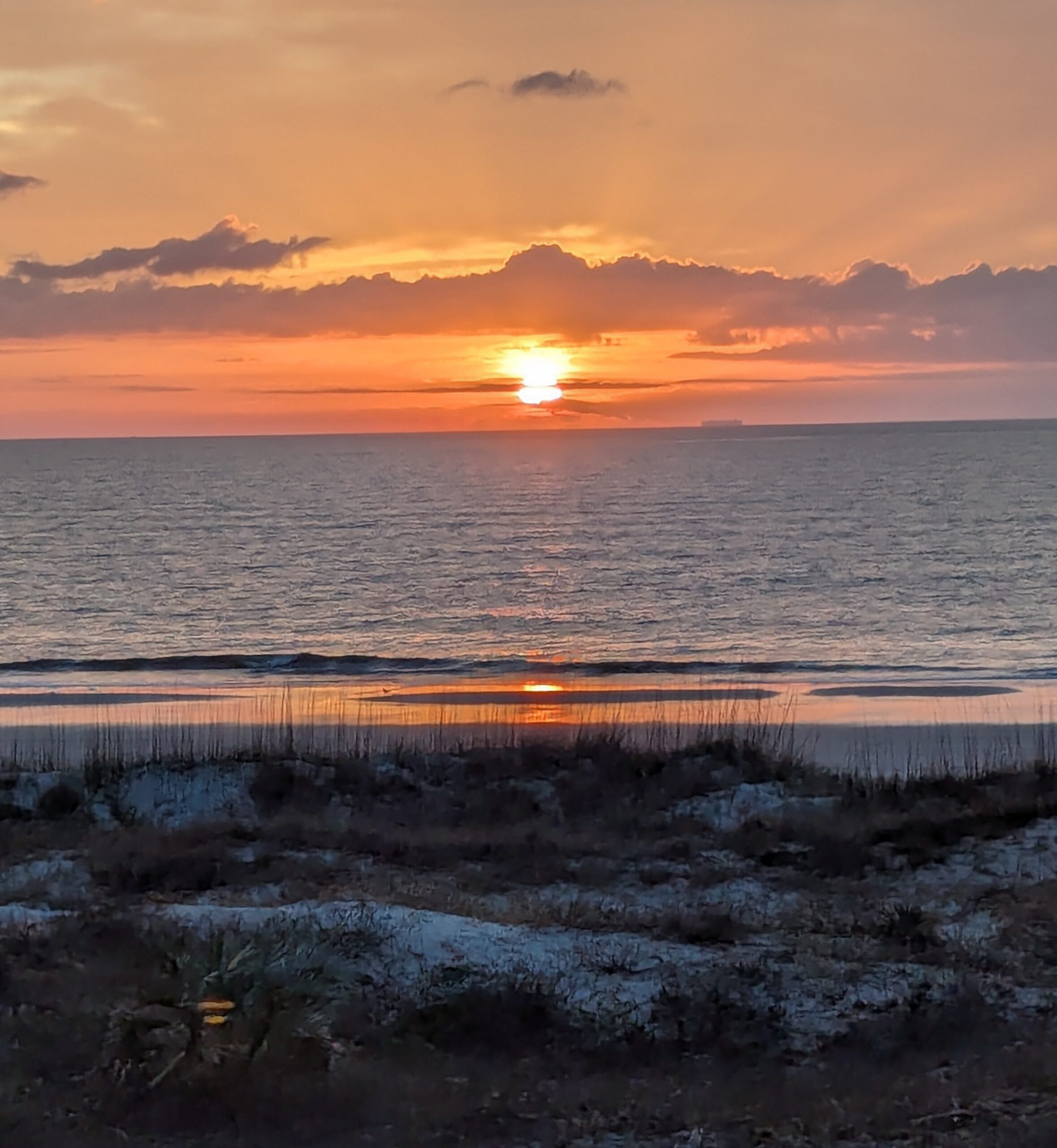
You don’t have to stay in the cottages or the historic hotel. There’s plenty of other lodging that includes Marriott, Hilton,Westin, Holiday Inn and Days Inn properties
The Georgia Sea Turtle Center is an especially interesting attraction, and it is given extra promotion with stuffed turtles (available for purchase) available in every guest room.
Beach Village gives the island a major attraction entirely separate from the Historic District. Beach Village features the oceanside Eighty Ocean Kitchen and Bar at the Jekyll Ocean Club and a splash pad has been added for youngsters. The Village is also loaded with shops, which makes it an ideal spot to take a relaxing stroll.
Churches are in abundance, too, starting with the Faith Chappel that opened as an interdenominational church for members in 1904. It now offers an Episcopal service and there are also Baptist, Catholic, Presbyterian and Methodist churches.
One thing that you can’t miss are the magnificent trees. The one that stands out is a Plantation Oak. It’s the biggest and oldest – estimated to be about 350 years old – on the property but there are other eye-catching ones, too.
